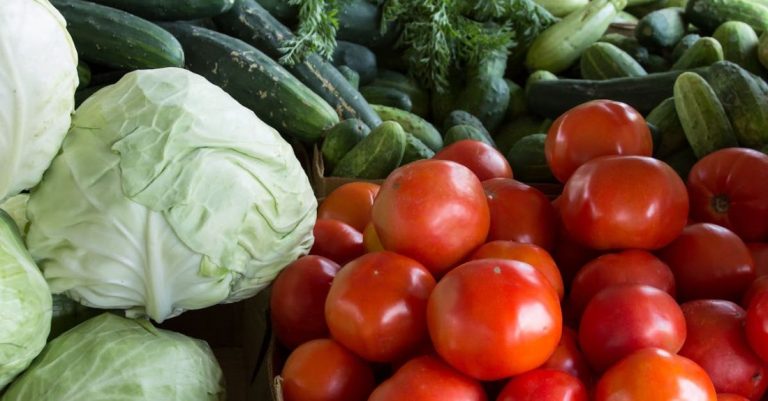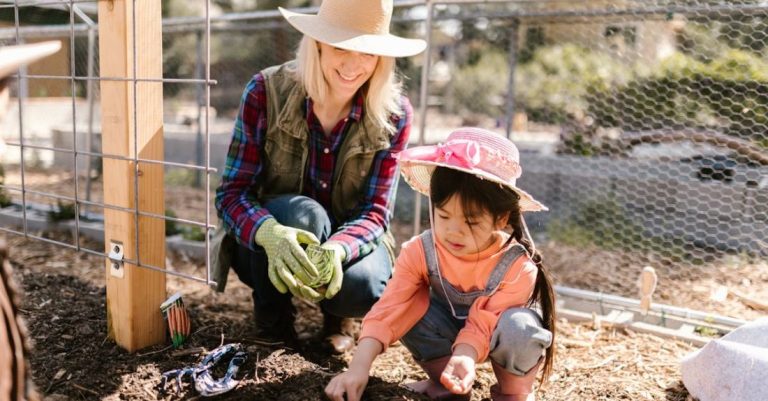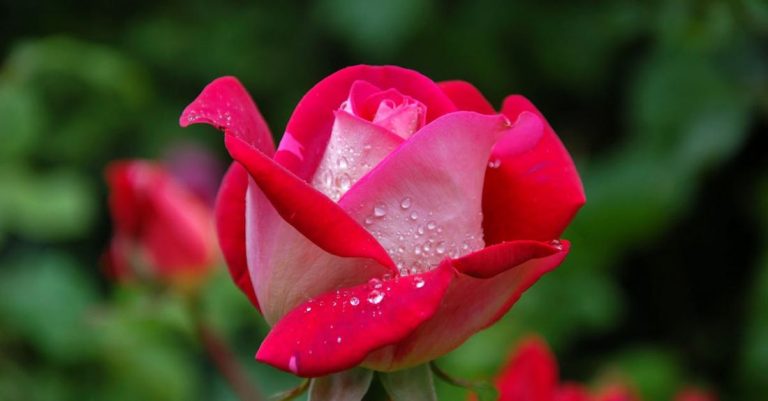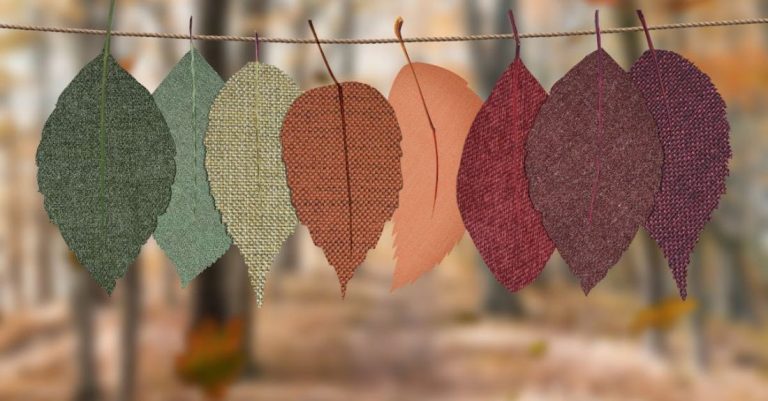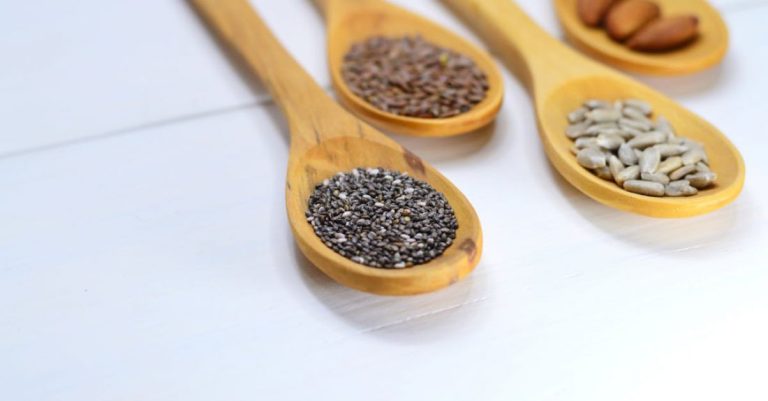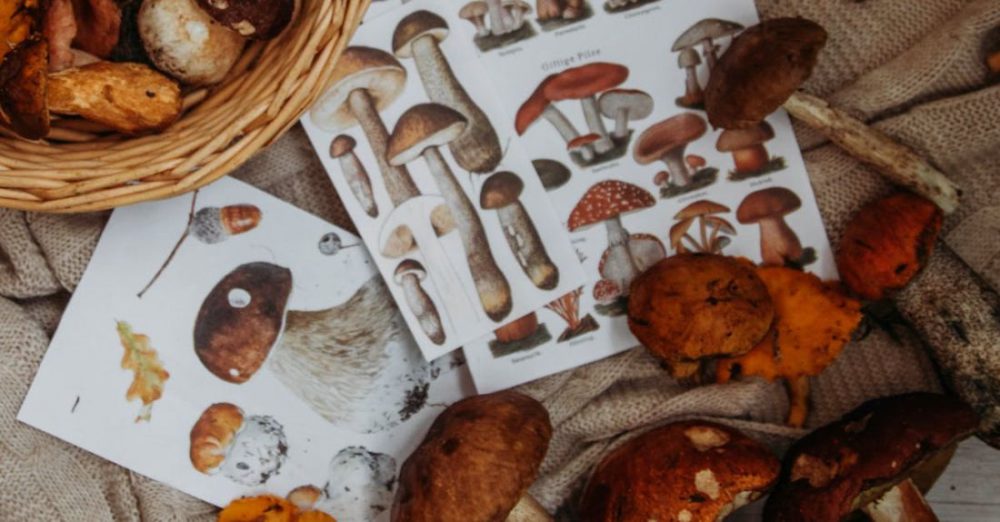
As the summer heat gradually fades away, it’s time to shift our focus to fall gardening. This transitional period between summer and winter offers a unique opportunity to prepare our gardens for the cooler months ahead. With the right strategies and practices in place, you can ensure that your garden thrives during the fall season and sets the stage for a successful spring ahead.
Choosing the Right Plants
When it comes to fall gardening, selecting the right plants is crucial. Opt for species that are suited to cooler temperatures and shorter daylight hours. Consider planting cold-hardy vegetables such as kale, spinach, and carrots, which can withstand frost and continue to grow well into the fall months. Additionally, fall-blooming flowers like mums, asters, and pansies can add a pop of color to your garden as other plants begin to fade.
Preparing the Soil
Preparing the soil is an essential step in ensuring a successful fall garden. Start by removing any weeds and debris that may have accumulated over the summer months. Consider adding compost or organic matter to enrich the soil and provide essential nutrients for your plants. This will help improve soil structure, drainage, and fertility, creating an optimal growing environment for your fall crops.
Mulching for Protection
Mulching is another critical practice for fall gardening. A layer of mulch helps regulate soil temperature, retain moisture, and suppress weed growth. As temperatures drop, mulch can also provide insulation to protect the roots of your plants from freezing. Consider using organic mulches such as shredded leaves, straw, or compost to provide these benefits while also enhancing the overall aesthetic of your garden.
Watering Wisely
Proper watering is key to the success of your fall garden. While cooler temperatures may reduce the rate of evaporation, plants still require adequate moisture to thrive. Be mindful of the changing weather conditions and adjust your watering schedule accordingly. In general, it’s best to water deeply and less frequently to encourage strong root growth. Avoid overhead watering in the late afternoon or evening to prevent issues such as mold and mildew.
Pest and Disease Management
Fall gardens are not immune to pests and diseases, so it’s essential to stay vigilant and implement proactive measures to protect your plants. Inspect your garden regularly for signs of infestation or disease, and take prompt action to address any issues that arise. Consider using natural pest control methods such as companion planting, beneficial insects, or homemade remedies to keep pests at bay without harming beneficial organisms.
Extending the Harvest
One of the joys of fall gardening is the opportunity to extend the harvest season and enjoy fresh produce well into the cooler months. To make the most of your fall garden, consider planting in succession to ensure a continuous supply of crops. Harvest vegetables at their peak ripeness to maximize flavor and nutritional content. You can also preserve excess produce through methods such as canning, freezing, or drying for enjoyment throughout the winter.
Enhancing Biodiversity
Diversity is key to a healthy and resilient garden ecosystem. By incorporating a variety of plants, you can attract beneficial insects, birds, and other wildlife that contribute to the overall balance of your garden. Consider planting native species, creating habitats for pollinators, and avoiding the use of chemical pesticides to support biodiversity in your fall garden. Embrace the beauty of a diverse and thriving ecosystem right in your backyard.
Embracing Sustainable Practices
Fall gardening provides an excellent opportunity to embrace sustainable practices that benefit both your garden and the environment. Consider composting kitchen scraps and garden waste to reduce waste and create nutrient-rich soil amendments. Use water-efficient irrigation methods such as drip irrigation or rain barrels to conserve water and reduce your environmental impact. By making small changes in your gardening practices, you can contribute to a more sustainable and eco-friendly future.
In conclusion, fall gardening offers a wealth of opportunities to cultivate a thriving garden and set the stage for a successful growing season ahead. By following best practices such as choosing the right plants, preparing the soil, mulching for protection, watering wisely, managing pests and diseases, extending the harvest, enhancing biodiversity, and embracing sustainable practices, you can create a vibrant and resilient garden that brings joy and abundance throughout the fall and beyond. So roll up your sleeves, grab your gardening tools, and get ready to enjoy the beauty and bounty of a well-tended fall garden.
